The Sweet Scoop on Some Unique Sugars
While I try my best to minimize the sugar in our diet, there are times it’s needed and fun to use. And there’s a whole world of various sugars to explore.
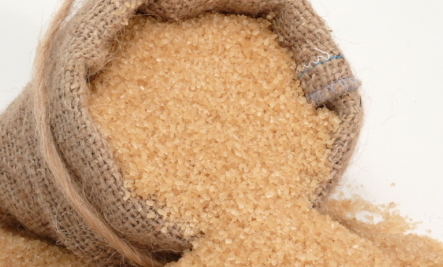
For instance, have you ever used demerara sugar? It’s becoming very poplular so more and more countries are now producing it (Mexico, India, Hawaii, are a few).
Demerara is a large-grained, somewhat crunchy, raw sugar. Demerara is light brown, partially refined, and produced from the first crystallization during processing cane juice into sugar crystals (this process is similar to what happens with naturally evaporated cane juice). Unlike brown sugar, Demerara has a natural caramel-like flavor; this lends warm, caramel notes to whatever you add the sugar to.
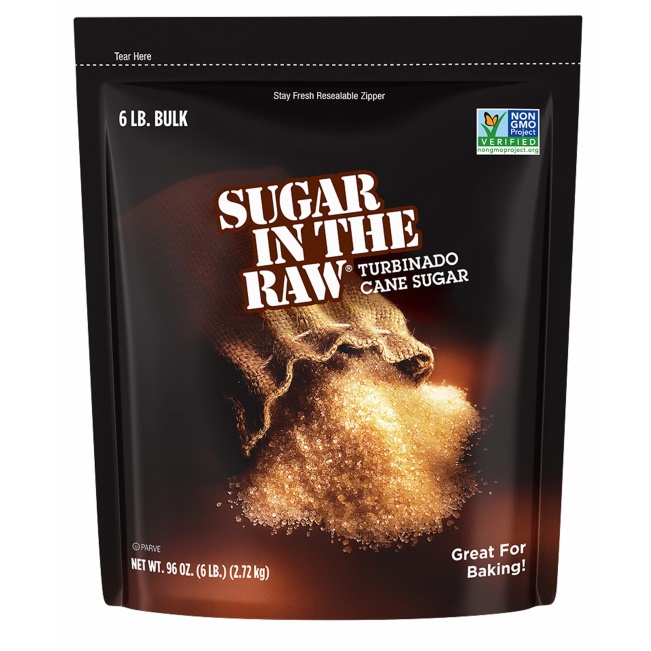
Also, Demerara sugar is often referred to as Turbinado sugar in many markets, which has more to do with how the sugar is processed (in turbines), than where it originates.
Professional chefs and bakers tend to agree that Demerara sugar is far more delicious than your run-of-the-mill white sugar. They like how it lends complexity and depth to recipes, baked goods and even tea. Its crunchy, large crystals are a nice addition (added sparingly) to the tops of muffins, cakes and even cookies. So whether you call it Demerara or turbinado, consider giving it a try.
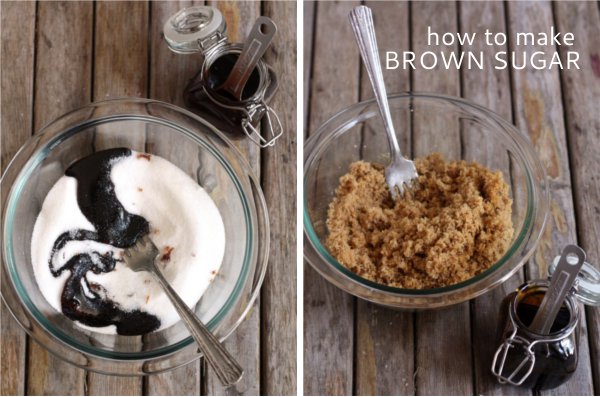
Now, how about that above-mentioned brown sugar? Were you aware that it is nothing more than refined white sugar lightly bathed in a bit of molasses? This is a good thing to know; when you run out of brown sugar, or when that last little bit you have left turns out to be as hard as a rock, you can make your own brown sugar.
To make brown sugar you’ll follow a ratio of 1 to 1. In other words, for one cup of brown sugar you need one cup of white sugar and one tablespoon of molasses. Mix the two together (start first with an electric mixer) then use the back of a large metal spoon. Mix until the molasses is thoroughly incorporated into the white sugar. It only takes a few minutes to do this, so you can mix up the amount of brown sugar you need per recipe. But it does store well, so making some ahead is good also. Just be sure you store it in an airtight container, just as you do the store-bought stuff.
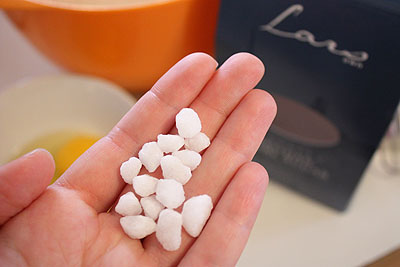
One of my very favorite sugars to bake with is pearl sugar. Sometimes called nib sugar or hail sugar, pearl sugar is a variety of white sugar that has a coarse, hard texture and an opaque color.
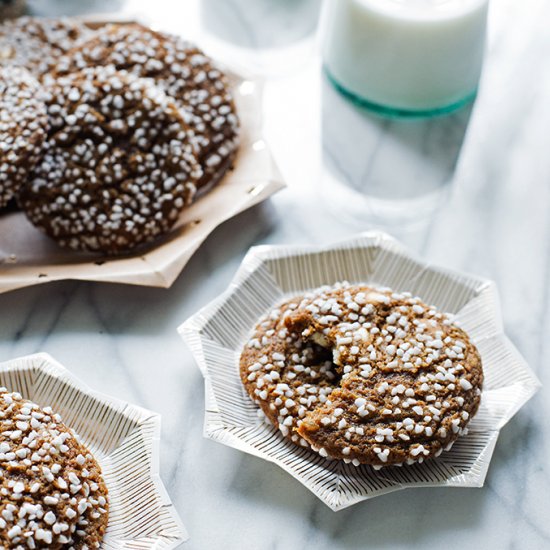
I enjoy using this because it holds its shape, and doesn't melt when exposed to high temperatures. I use this Scandinavian sugar most in my baking to decorate pastries, cookies, buns, and sweet rolls.
Sanding sugar is another favorite. It’s used mainly for decorating. It has large crystals, which are fairly resistant to heat and add extra texture and crunch to cookies and other baked goods. You can find sanding sugar in a rainbow of colors. It’s especially nice for making sugared fruit.
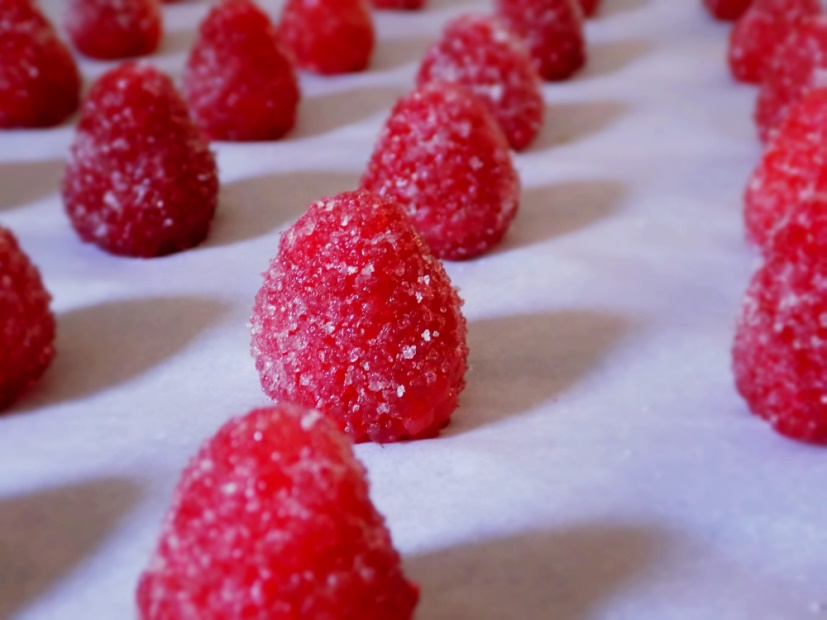
As a good example of this, I’ll close with notes on how to make sugared raspberries. “Sanding” raspberries not only makes them extra pretty, it makes those occasional sour ones that are hiding in your container of store-bought fresh berries palatable.
Start by selecting the firmest, plumpest raspberries to work with. This will help the final berries retain their shape and they'll be less likely to turn into a juicy, sugar puddle. A wonderful way to enjoy these is with slices of angel food cake smeared with lemon curd (a delightful combination!).
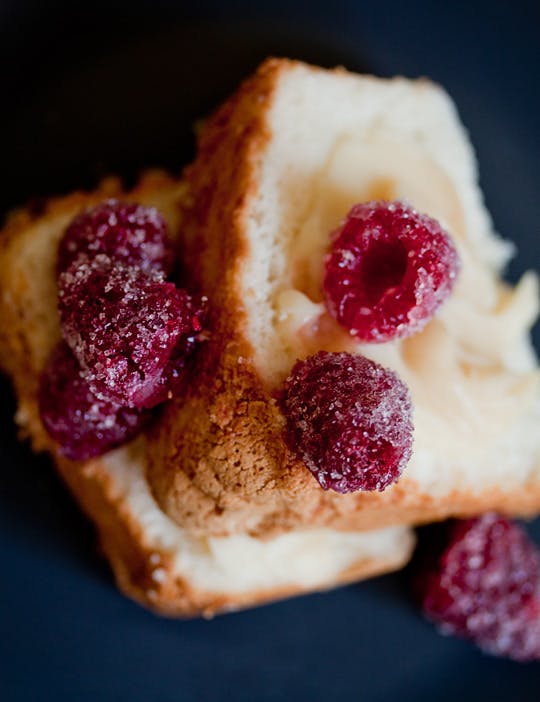
SANDED BERRIES
1 cup fresh raspberries (or other whole, small fruit such as blueberries, strawberries or blackberries)
1 egg white
1/2 cup sanding sugar
Equipment:
Parchment paper
Baking sheet
Clean paint brush or small pastry brush
Lightly paint egg white onto entire outer surface of raspberry. Make sure to get the base and the top of the berry completely covered. I don't recommend dipping the fruit into the egg white; it becomes messy and doesn't turn out as well.
Pour about 1/2 cup sanding sugar onto a plate to use for sugaring. Note: I used pink sanding sugar, but white or some other subtle color both produce beautiful results. You cannot tell the sugar was pink in the final product.
Place fruit on plate and sprinkle with sugar. Gently rolling the raspberry in sugar works too. Just be careful not to squeeze or push too hard, breaking the berry.
Coat the raspberry in sugar as evenly as possible.
Dry sugared raspberries on a parchment-lined baking tray for 4 to 8 hours, resting the fruits in a cool, dry place. Humidity will affect this process, so if your home is very humid, you may want to try this recipe later in the fall season.
- www.care2.com
- www.bjs.com
- www.completelydelicious.com
- www.hungrygirlporvida.com
- www.yourwellnessdietitian.com
- www.thekitchn.com
 Alice Osborne
Alice Osborne
Weekly Newsletter Contributor since 2006
Email the author! alice@dvo.com
